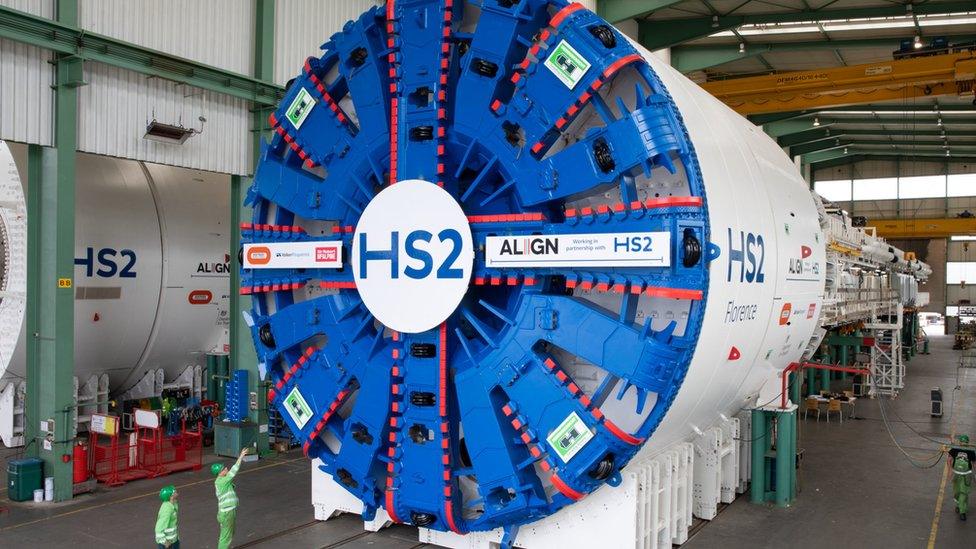HS2 tunnelling machine completes journey in Buckinghamshire
- Published
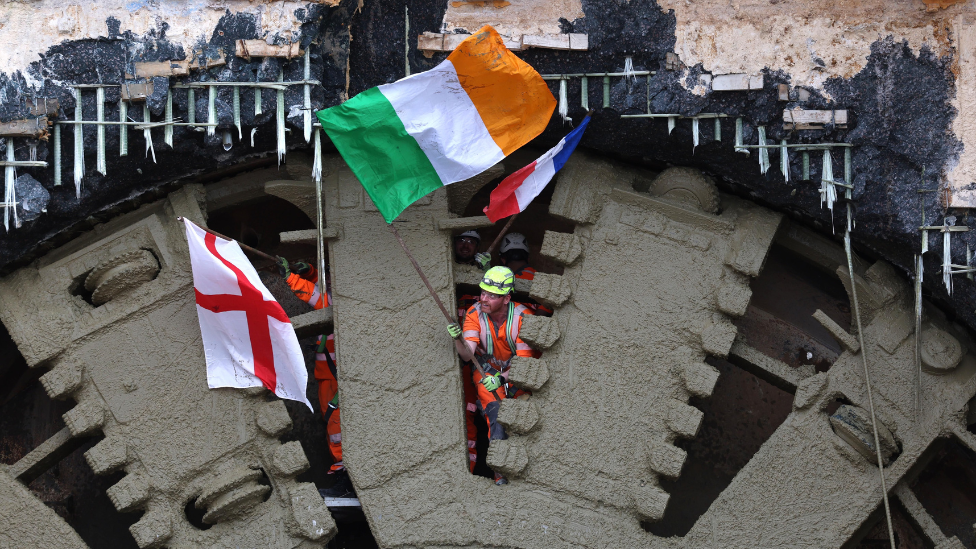
Tunnel-boring machine Cecilia is one of 10 digging between London Euston and Birmingham
The excavation of HS2's longest tunnel has been completed.
A tunnelling machine reached the end of its 10-mile (16km) journey on Thursday at a site near South Heath, Buckinghamshire.
Cecilia, named after Buckinghamshire-born astronomer and astrophysicist Cecilia Payne-Gaposchkin, was launched in June 2021.
The tunnel will form part of HS2, the high-speed rail link between London and Birmingham.
A second machine, named after Florence Nightingale, cut through the chalk beneath the Chiltern Hills last month.
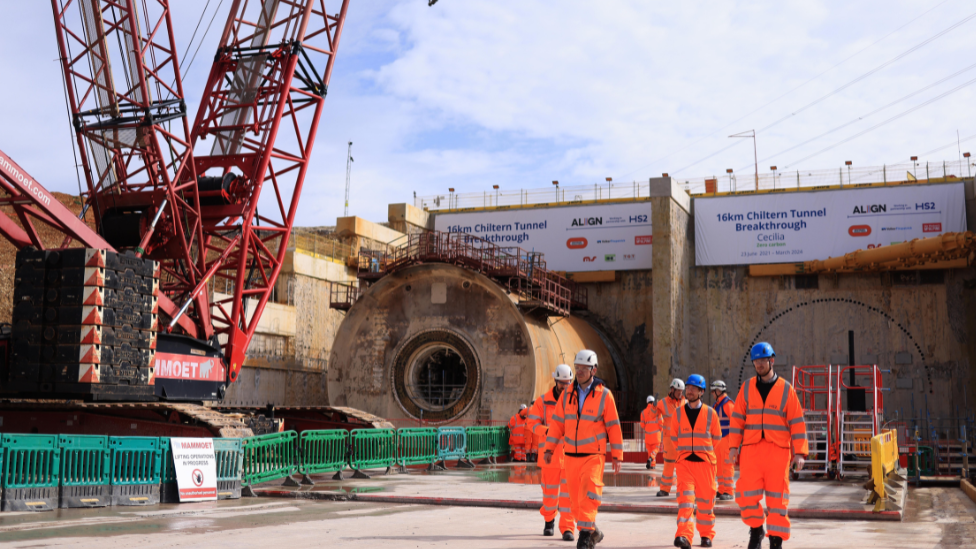
HS2 Ltd said each machine operated as an "underground factory" with crews working in shifts to keep them running constantly
Both began their journeys near Rickmansworth, Hertfordshire, close to the M25 motorway.
They dug a twin-bore tunnel with a depth of up to 80m (about 260ft) that will be used for HS2 trains.
HS2 Ltd said each machine operated as an "underground factory" with crews of nearly 20 people working in shifts to keep them running constantly.
The tunnel was excavated and lined with 112,000 precast concrete wall segments which were grouted into position. The process moved forward at an average speed of about 16m (about 50ft) a day.
HS2 Ltd's head of civil works for this section of the route, Mark Clapp, said Thursday was a "remarkable achievement for all concerned".
He added: "But it's only the end of the first chapter in the story of building Britain's high-speed railway under the Chiltern Hills.
"Several years of intensive, world-class engineering lie ahead of us to complete the tunnels' four ventilation shafts plus headhouses, [and] install the mechanical and electrical plant and machinery, slab track and overhead electrical wires before trains begin passing through at 200mph."
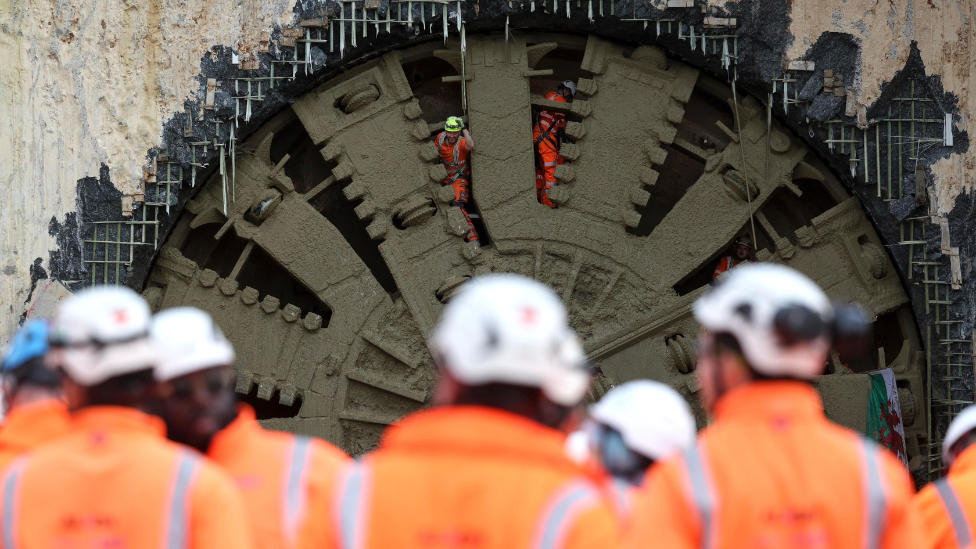
The machines were named after a public vote from a shortlist of suggestions made by local schoolchildren
Headhouses are buildings on top of ventilation shafts that contain air flow and ventilation systems.
Didier Jacques, underground construction director at main contractor Align, said: "The complexity and technical challenges of completing such a long drive for both our tunnel-boring machines (TBMs) has been significant. However, I am delighted that as a team we have risen to the challenge."
He said both machines "incorporate innovations and technologies that have been introduced on TBMs in the UK for the first time".
These include "semicontinuous boring", allowing the machines to build the rings that line the tunnels without pausing.

Follow East of England news on Facebook, external, Instagram, external and X, external. Got a story? Email eastofenglandnews@bbc.co.uk, external or WhatsApp 0800 169 1830
Related topics
- Published13 May 2021
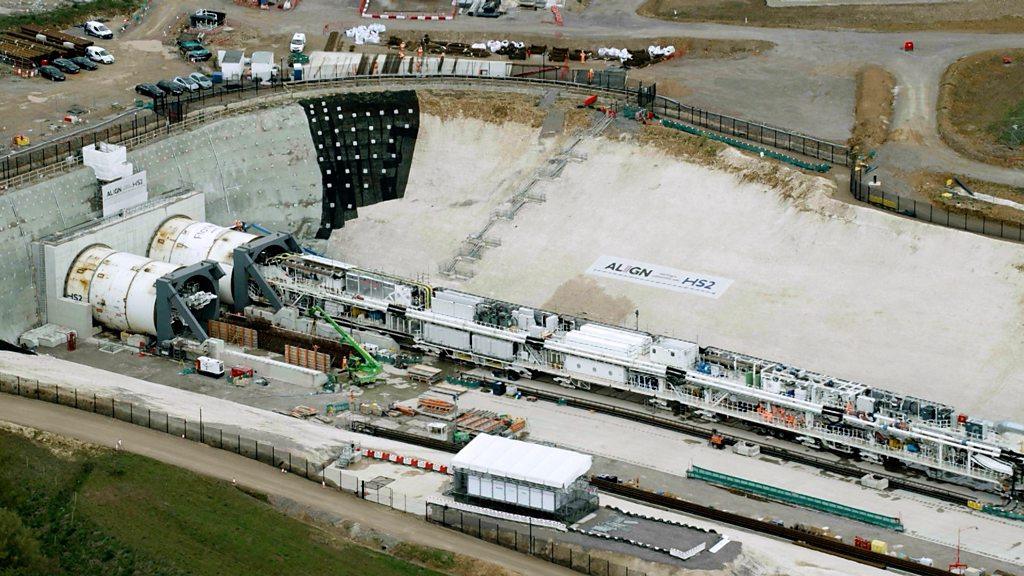
- Published21 March 2024
- Published17 February 2024
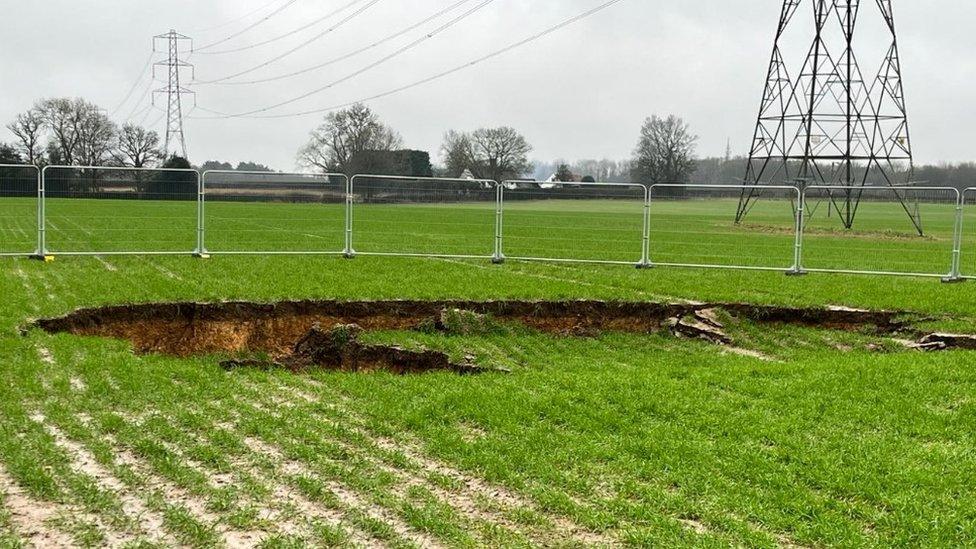
- Published11 August 2020
